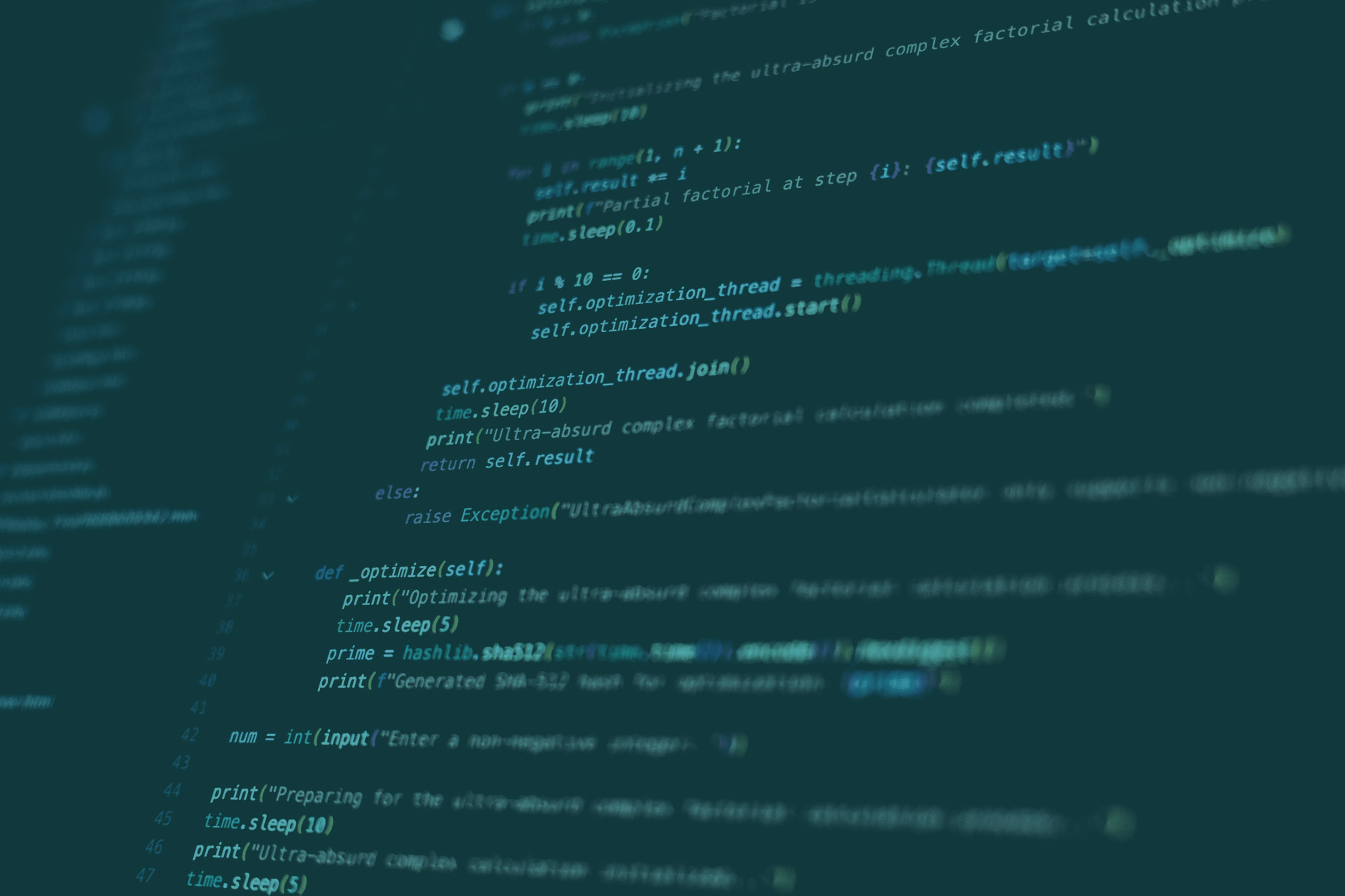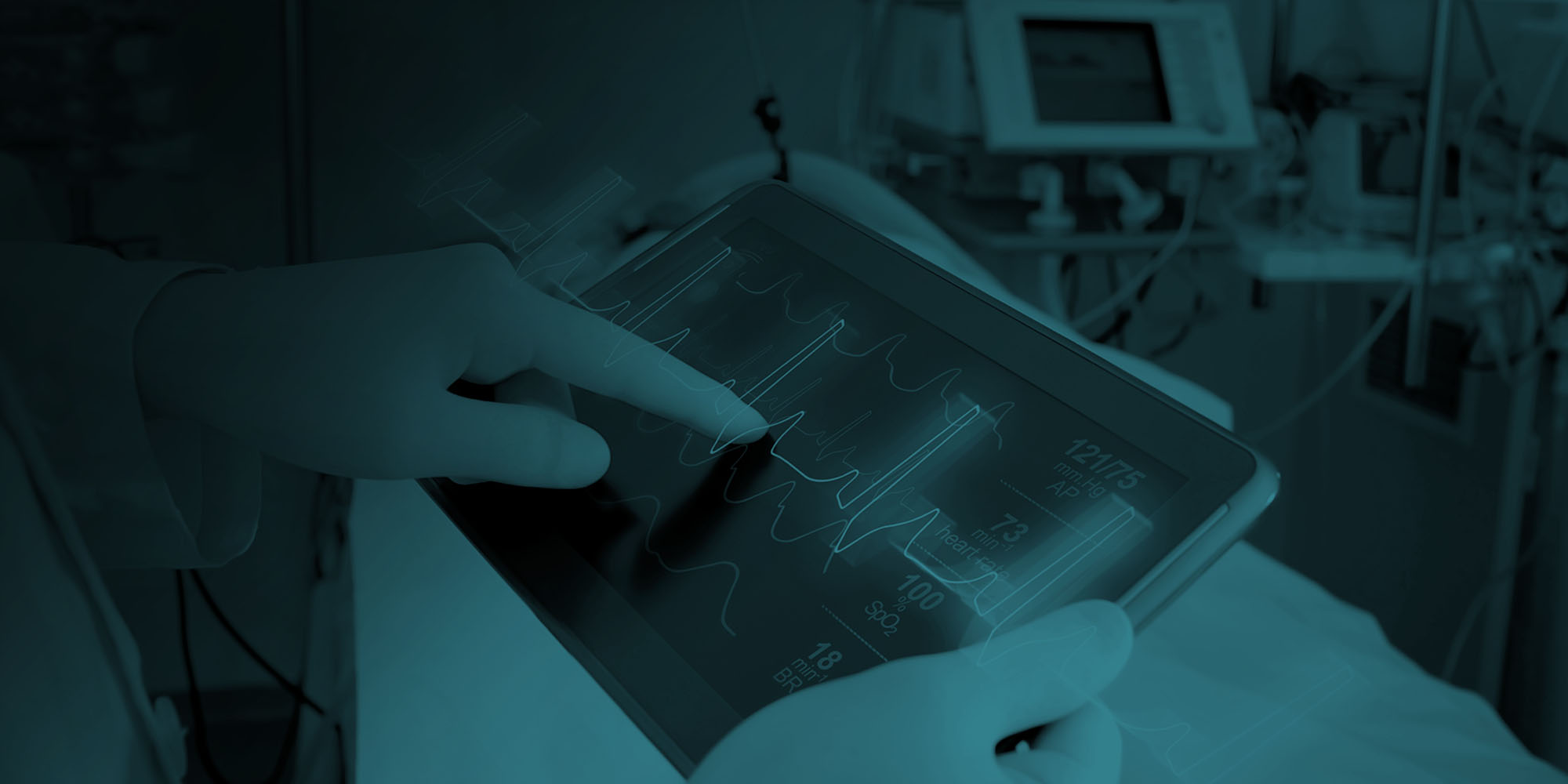



Embedded smartness is used in medical devices such as sensors, control mechanisms and home-based equipment.
It is undoubtedly a good idea to embed smartness into medical machinery: sensors and control mechanisms speed up diagnosis and treatment, make home-based equipment user friendly and help to free up medical staff.
Are embedded systems in such devices easy to hack? No. Can they be hacked? Yes. Academic institutes and ‘friendly’ hackers have found ways to hack the wireless interfaces of pacemakers, for example. However, many other mission-critical devices are more likely to be hacked and, at the moment, there is little protection.
of medical devices are connected
Estimated value for the connected healthcare market
In the modern world, medical devices such as pacemakers have become essential for many individuals to maintain a healthy and active lifestyle. These devices are implanted in the body and work to regulate the heart’s rhythm, providing a steady flow of electrical pulses to keep it beating at a steady pace. However, as with any technology, these devices are not immune to hacking. In fact, the potential for hacking a pacemaker has become a growing concern in the medical community. Hacking a pacemaker can have dire consequences, including the alteration of the device’s settings and even causing the device to stop working altogether. It is essential that manufacturers take the necessary steps to ensure the security and integrity of these devices to protect the well-being of patients.
All the processes below require connected devices with embedded microcontrollers and microprocessors to operate. It is essential to deploy advanced security into these embedded devices to ensure overall protection and device reliability.
The process of imaging the interior of a patient’s body for medical analysis and intervention.
Requires devices such as cameras, that use computer imaging for assistance in the planning, guiding and performing of surgery.
Central to patient care, this process contributes to every stage of healthcare delivery: from diagnosis and prevention to treatment and prognosis.
Covering all areas of healthcare, it is important to monitor patients in a variety of ways – and to manage their conditions.
Includes screenings, check-ups, and patient counselling to prevent illnesses, disease, or other health problems.
Wearable devices that record a person’s daily physical activity, together with other confidential data relating to their health.
Virtually every embedded device that runs software will benefit from the advanced security protections offered by Emproof Nyx – including protection against reverse engineering and exploitation attacks. This is especially the case in applications that handle sensitive data, are interconnected, or run critical and functional safety.



Our functional safety compliant and trusted solution protects your embedded system.